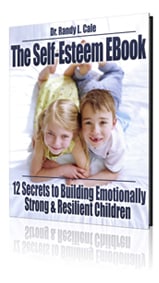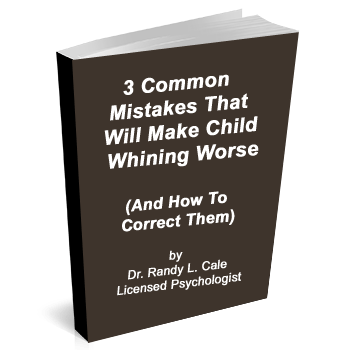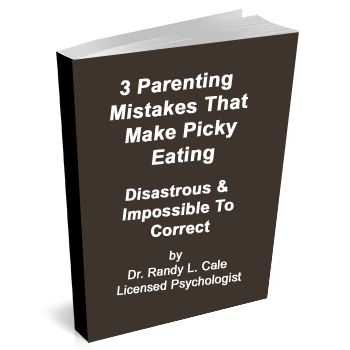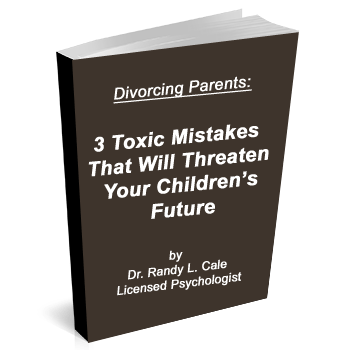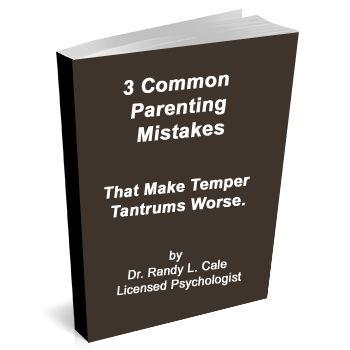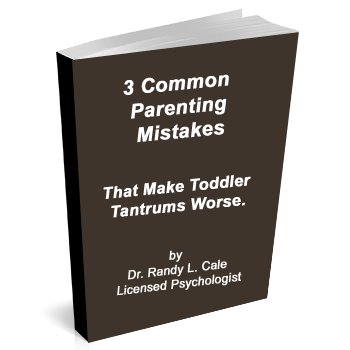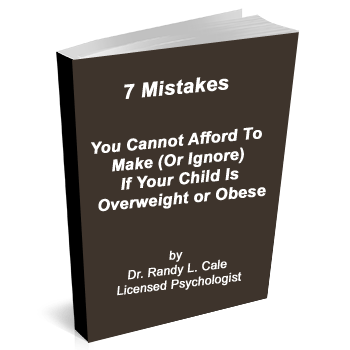The overwhelming tendency is to give children more and more of what they want. And, in today’s world, the ‘wants’ keep expanding almost daily.
There are more toys, more gadgets, more clothes, more electronics, and more to do than most of us could even have imagined 20 years ago. Add the Internet, constant social media engagement, unlimited cable TV stations, and a phone that reaches everyone instantly, and the selection of things to do is ever-expanding. The reality is that our children have more options than any generation has ever had in the history of mankind. And the same is true for each of us, of course.
Dopamine, Wanting, and Choice
Suppose we present humans, whether young or old, with the option of fewer choices or more choices; everyone wants more choices. We all want to have a say, a voice, and to feel like we have a choice.
Why is this so universal? It appears to come from the illusion of control. The more we can partake in the illusion of control, the more satisfying this is to the mind or ‘ego.’ The ‘ego’ loves control. It is important to note that this control is very much an illusion, as the strongly conclusive research shows that our decisions are made unconsciously (based upon our history primarily). We make a decision, and then we become ‘aware’ of the decision after the choice has been made. Thus, this sense of control is very much of an illusion, but one we enjoy. This fact alone is mind-boggling…in and of itself.
“Neurofeedback is not magic; it just looks that way when the brain is rewarded for finding it’s natural path to better ease and function!”
– Dr. Randy Cale
Now, we add our more recent understandings from the Neurosciences of Dopamine. You have all heard of Dopamine, a relatively simple yet astounding neurotransmitter in the brain that governs drive, motivation, seeking behavior, addictions, and, yes: the desire for the imagined MORE. When it comes to wanting more, dopamine is often the major player.
The brain imagines something new or different, and anticipation builds because dopamine is released. This creates the drive for the new, imagined experience. With more choices, we can imagine more experiences. And yes, all this releases dopamine.
As you all well know, all this wanting has no relationship to satisfaction.
But for now, let’s just settle into the reality that we all like to have a choice because we want more of what we want. And that ‘wanting’ typically releases dopamine as a way to initiate motivation and, yes, even more wanting.
More Choice Means Stress for Everyone? How so?
Okay, now back to psychology rather than neuroscience for a moment. We want more choices. We want more.
Yet, with that desire and the wanting for more choice comes more stress and anxiety. There is more information and more data to process with every choice available. There are more criteria to take into consideration. Adults and (most) children know that they can’t choose every option.
So, like many adults, children think through their options. They struggle with the right choice. They go back and forth. They imagine it one way, then another, and yet another. All this can happen very quickly sometimes, and at other times this goes on for days or weeks. And, of course, we adults do exactly the same thing at times!
There is another element that arises now. Once we are in the wanting stage of things, there is an experienced separation between what I have and what I want. This causes angst. Due to the desire, we find ourselves (often) in a place where the present moment is lacking, at least in our minds. This lack, combined with a fear that we may not get what we want, further accentuates the sense of stress that comes from wanting or having an available choice in front of us.
Also, while we love the power to choose, the number of options has grown overwhelming to adults and children. At times, the large numbers of options seem to paralyze us. Because many children are not open about this internal process, we don’t necessarily see it happening. Yet, often it is!
As adults, we relate to the internal struggle more easily: “Should I get the white or the blue iPhone? The tan or the light tan sweatshirt? What color walking shoes, now that I have 47 color options?” The selections tend to send us into repeated circles of trying to make the ‘right’ and ‘perfect’ choices.
Many children and teens do the same. They are caught in similar struggles, particularly when many options are presented to them. And for some kids, they are clear. They just put EVERYTHING on the list. They don’t even try to figure it out. “Just give me everything.” They get one thing, and then they want the next. And the next. It can seem endless. This often leads to disappointment, or you find parents frantically filling up the entire room with more and more.
How Much Is Enough?
Well, not only will everyone answer this differently, but perhaps that’s the way it ‘should be.’ Right? We should all have a different way of looking at things.
And yet, there is a clear path to approaching this issue with both solid psychology and a basic understanding of neuroscience so that we can nurture more satisfaction and happiness. Why? Because the wanting and the getting of the wanted often do not translate to satisfaction and happiness. (This is evident in every addition we humans encounter.) So next week, we will dig deeper into this area. You might be surprised at how many befuddling behavior patterns suddenly become understandable.






